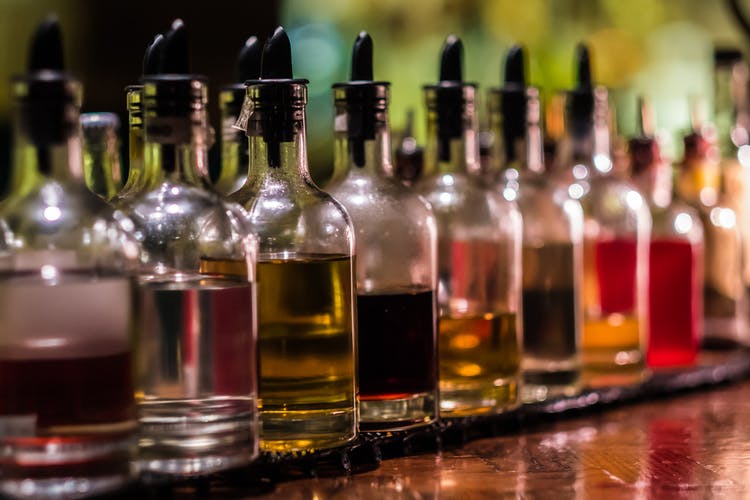
To craft rum, many factors come into play, from the raw materials used to the fermentation process, the aging time, the type of cask employed, and even the climate in which it matures.
Agricultural rums, pure cane juice rums, and molasses rums
All rums come from the same raw material: sugarcane. However, it can be used in several different forms.
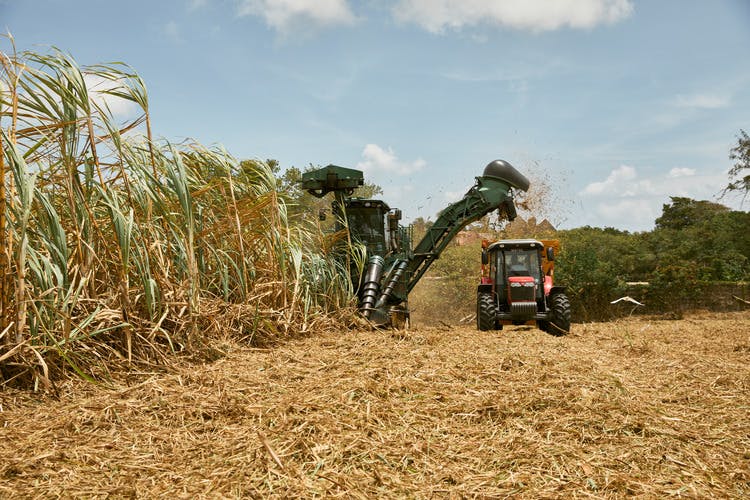
First, the sugarcane is crushed and pressed to extract a sweet juice.
To produce pure cane juice rum, this juice is fermented and then distilled.
For syrup or cane honey rums, an additional step takes place between obtaining the cane juice and fermentation: heating. This process evaporates as much water as possible and also transforms the flavor profile of the future rum. Heat changes the fresh, grassy notes of sugarcane into richer, caramelized aromas.
Molasses, on the other hand, is a by-product of the sugar industry. To obtain sugar crystals, the cane syrup or honey is heated further until crystals form. Once extracted, a thick, dark liquid remains, molasses. It still contains non-crystallizable sugars, which can be transformed into alcohol through fermentation, then into rum through distillation.
It is worth noting that molasses can produce rums just as high-quality as any other type.

Molasses rums
Molasses rum is the most widely sold type of rum in the world, accounting for over 90% of total rum production.
The raw material for molasses rum remains sugarcane, which is harvested, cut, and then crushed.
The cane juice is then heated, crystallized into sugar, and centrifuged to extract it. After several cycles, a thick, viscous liquid remains, molasses, the by-product of the sugar industry, which still contains sugar that can then be used to produce rum.
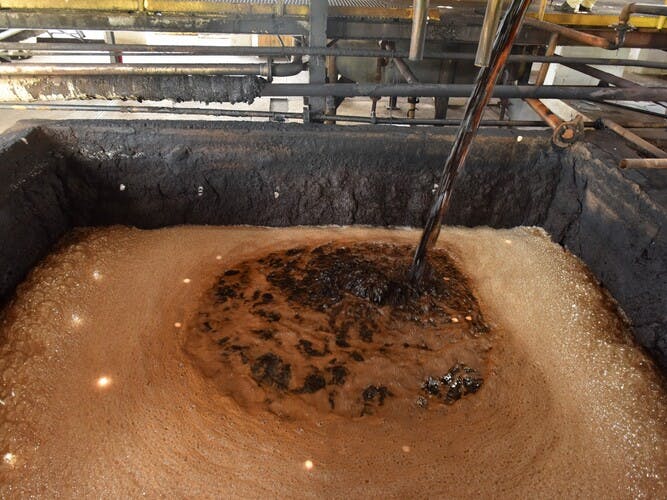
Water and yeast are added to start the fermentation process. At this stage, the yeast converts the sugar into alcohol. Finally, the resulting alcoholic liquid is distilled in either column stills or pot stills to produce rum.
What is the difference between agricole rum and pure cane juice rum?
A pure cane juice rum refers to any rum produced from the distillation of cane wine, regardless of its region of origin.
For example, pure cane juice rums can be found in Brazil (cachaça), Mexico, and in certain regions of the Indian Ocean and Asia. In Haiti, some clairins are also made from pure cane juice, although this is not an absolute rule for the entire category.
The term “agricole rum” is primarily a designation, defined by strict specifications and limited to certain production areas, notably Martinique, Guadeloupe, French Guiana, and Réunion Island.
Although both are produced from the distillation of cane wine, that is, from freshly crushed cane juice that is then fermented, the term agricole rum can only be used for rums made in Martinique, Guadeloupe, Réunion Island, French Guiana, and Madeira.
Agricole rums
Agricole rum is a specific type of pure cane juice rum.
Just like pure cane juice rum, it is made directly from freshly crushed sugarcane. The resulting juice, called vesou, is then fermented. During this process, the sugar is transformed into alcohol, which is then usually distilled in a column still.

Compared to the rest of the world, agricole rums from the French overseas departments and territories (DROM-COM) must comply with stricter production regulations than rums from other regions.
Agricole rums from Guadeloupe, Réunion Island, and French Guiana benefit from a Protected Geographical Indication (PGI), while those from Martinique enjoy an Appellation d’Origine Contrôlée (AOC).
Although agricole rum is widely produced in the French overseas territories, it represents only a tiny share of the global market, accounting for less than 5% of total world production.
The main reason for this rarity is that so-called agricole rum can only be produced in the French overseas departments and in Madeira.
The different categories of rum
White rums
When it comes out of the still, rum is always colorless and dry. The amber hue of certain rums comes either from cask aging or from the addition of coloring (often caramel). Conversely, some aged rums can be decolorized through charcoal filtration, a technique used by brands like Bacardi or Havana Club to produce aged, colorless rums that still retain some of the aromatic characteristics of maturation.
Unlike other rum categories, white rum is widely consumed in cocktails. Premium white rums, however, are far less common.
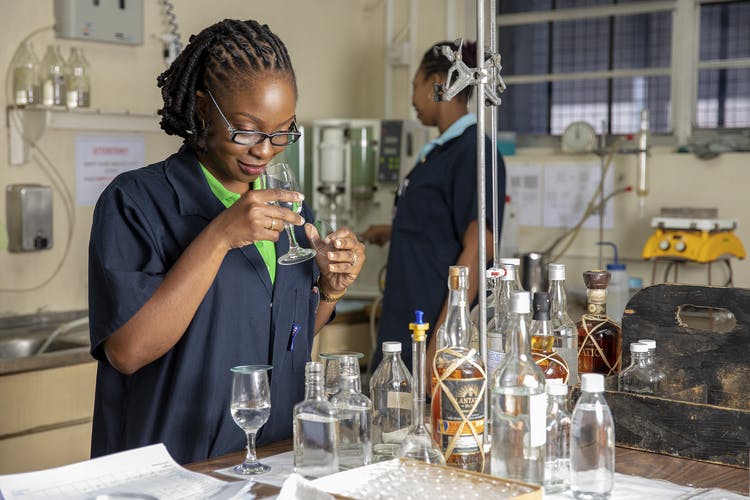
There are, however, high-end white rums. These premium white rums are generally made from a single variety of sugarcane, cultivated on a specific plot to obtain an exceptional juice.
Aged and amber rums
Amber rum, also called gold rum, and aged rum refer to the same category of rums that have spent a certain amount of time in casks. There is no legal distinction between these terms, as both describe rums that have undergone maturation in casks, barrels, or barriques.
The aging process
After distillation, white rum is placed in oak casks, usually large ones (ranging from 10 to 60 hectoliters). Aging allows the alcohol to soften, gain roundness, and develop woody aromas that vary in intensity depending on the maturation time.
Although there is no legal minimum aging requirement, amber or aged rum typically spends between one and three years in casks. The longer it rests, the more it develops woody and spicy notes, while losing some of its liveliness.
The only term regulated by law is “rhum vieux” (old rum), reserved for rums with the AOC Martinique label, which requires at least three years of aging in oak casks of less than 650 liters.
Evaporation and the solera method
During aging, a portion of the alcohol evaporates, a phenomenon known as the “angel’s share”, which can reach up to 10% per year in tropical climates such as the Caribbean or Latin America.
Some distilleries, particularly in Latin America, use the solera method, a fractional aging system in which rums of different ages are continuously blended. This technique ensures a consistent flavor profile and enhanced complexity without following a traditional linear aging process.
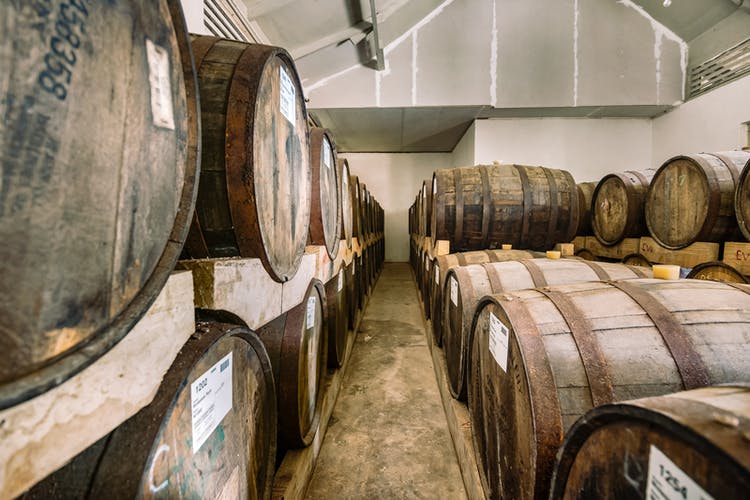
Why age rum ?
Many enthusiasts appreciate aged spirits and are willing to pay a higher price for them. Aging rum changes its color and enhances its aromas, depending on the type of cask used.
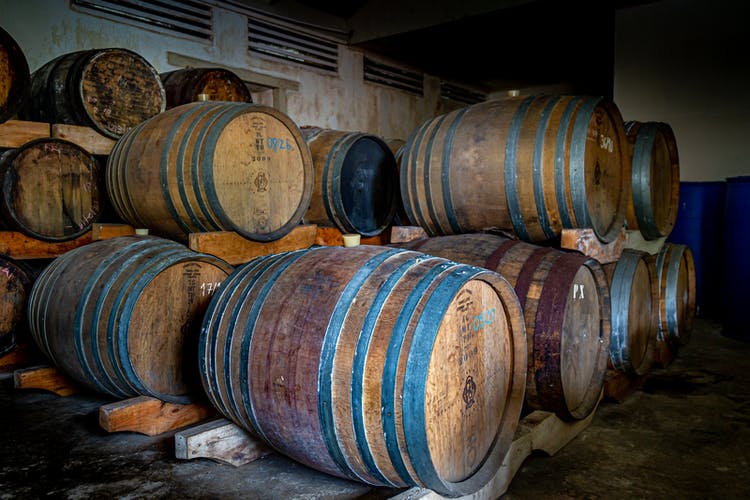
Aging also allows rums made from cane juice and molasses to share certain aromas, such as vanilla, cocoa, wood, and fruit, despite their initial differences.
While most aged rums mature in oak casks that previously held bourbon, master blenders also experiment with other types of barrels, such as cognac or acacia, as well as casks that have contained other spirits like whisky or wine.
TO DISCOVER RUM FURTHER
La Maison du Whisky has three boutiques in Paris:
In each of these boutiques, you'll find a wide selection of whiskies, rums, sakes, and other fine spirits.
Follow our tasting calendar for upcoming events, or visit the Golden Promise Whisky Bar, which offers an extensive selection of whiskies and other spirits by the glass.
You can also discover the best rum based cocktails.